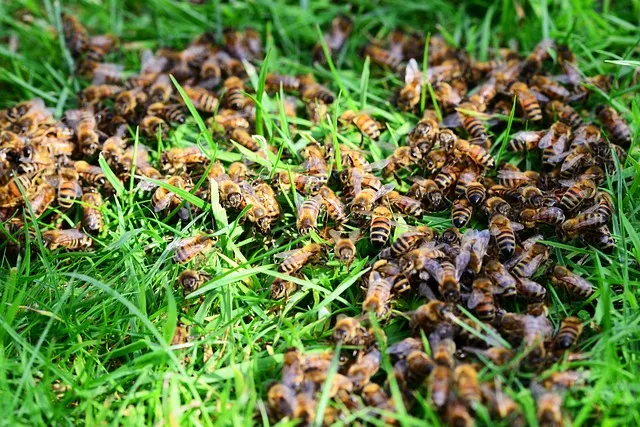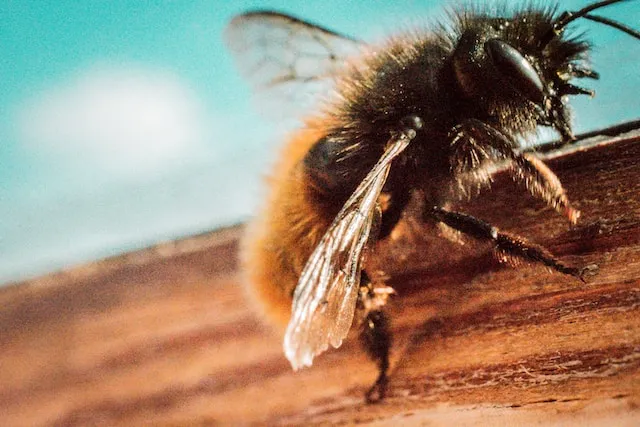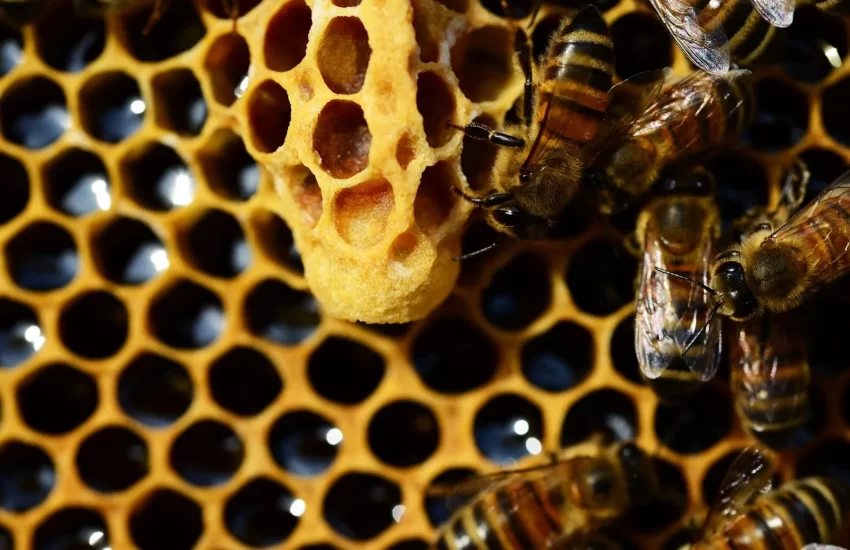What is the biggest problem for bees? Threats to Honeybees
While bees are incredibly resilient creatures and have existed for millions of years, there has been a rise in problems that kill them. Their colonies have been on the decline. This is a worrying trend since they play a vital role in agricultural productivity. Their decline poses a threat to a variety of plants vital to human well-being. It is estimated that honey bees pollinate 80 percent of our foods.
Similar to humans, they have essential needs to keep them thriving. Various factors contribute to honey bee colony loss. While some can be prevented, others are difficult to avoid. Surprisingly, bumble bees that also play a significant role in pollination are also diminishing. What is the biggest problem for bees?
Similar Articles you may like to read –
30 Best Flowers That Attract Bees, Butterflies, and Pollinators to Garden
What kills honey bees?
What colors should you avoid around bees?
What Color Bees Cannot Recognize?
Threats to Honeybees
Climate Change
Climate change has affected numerous aspects of the planet’s health, including honey bee populations. In fact, it is a critical threat to their existence by diminishing their natural habitats. Changing weather patterns have also affected their reproduction and life cycles. These weather patterns include longer, hotter summers, short, warmer winters, and high precipitation in spring.
Habitat Loss
Honey bees require vast spaces with abundant flowers for food and secure places for their hives. In the cold season, they need protection from cold and wind. Deforestation, intensive commercial agriculture(single crops), and urbanization have significantly reduced floral diversity. The vast spaces of concrete and buildings mean less space for flowers and pollinators. Beekeepers use artificial sugars and pollen substitutes to meet the nutritional demands of their colonies.
Increased Use of Pesticides
The overuse and indiscriminate application of harmful pesticides are fatal to honey bee colonies. While the farmers have benefited from the same by increasing their yields, beneficial pests are eliminated with the harmful critters. Some pesticides kill bees on the spot, while other impair their memory abilities and limit their reproductive capacity. They poison the pollen and sources. Many harmful chemicals last long in the environment, increasing the chances of harm to more bees.
Diseases and Parasites
Like other livestock, bees are vulnerable to diseases and parasites. They are more likely to be sick when environmental factors depress their immunity system and decrease their resistance. Most bee diseases are contagious, making them even more dangerous to bee colonies. The common bee diseases include American Foulbrood, Nosema, Chalkbrood, and Sacbrood. Varroa mites, an external parasite that attaches itself to the honey bee’s body, feed on their hemolymph (bees blood), leaving them weak and susceptible to viruses. They are the leading cause of colony collapse disorder. Parasitic tracheal mites invade the honey bees’ respiratory system and eventually cut off their air supply as they grow bigger, killing them.
What can be done to preserve honey bees?
Shifting to Organic Pesticides
Organic pesticides and herbicides are safe for crops and pollinators. You can also consider reducing pesticide use.
More articles you may like to read –
What kills honey bees?
Do Bees Have Feelings
Are bees active at night?
Are queen bees born or made?
Do Bees Feel Pain?
Planting Pollinator-Friendly Gardens
Honeybees and other pollinators depend on nectar and pollen. Planting bee-friendly gardens will provide food for them and their offspring. Native plants adaptive to local climates and soil are the best nectar sources. They are low-maintenance and don’t usually require irrigation.




